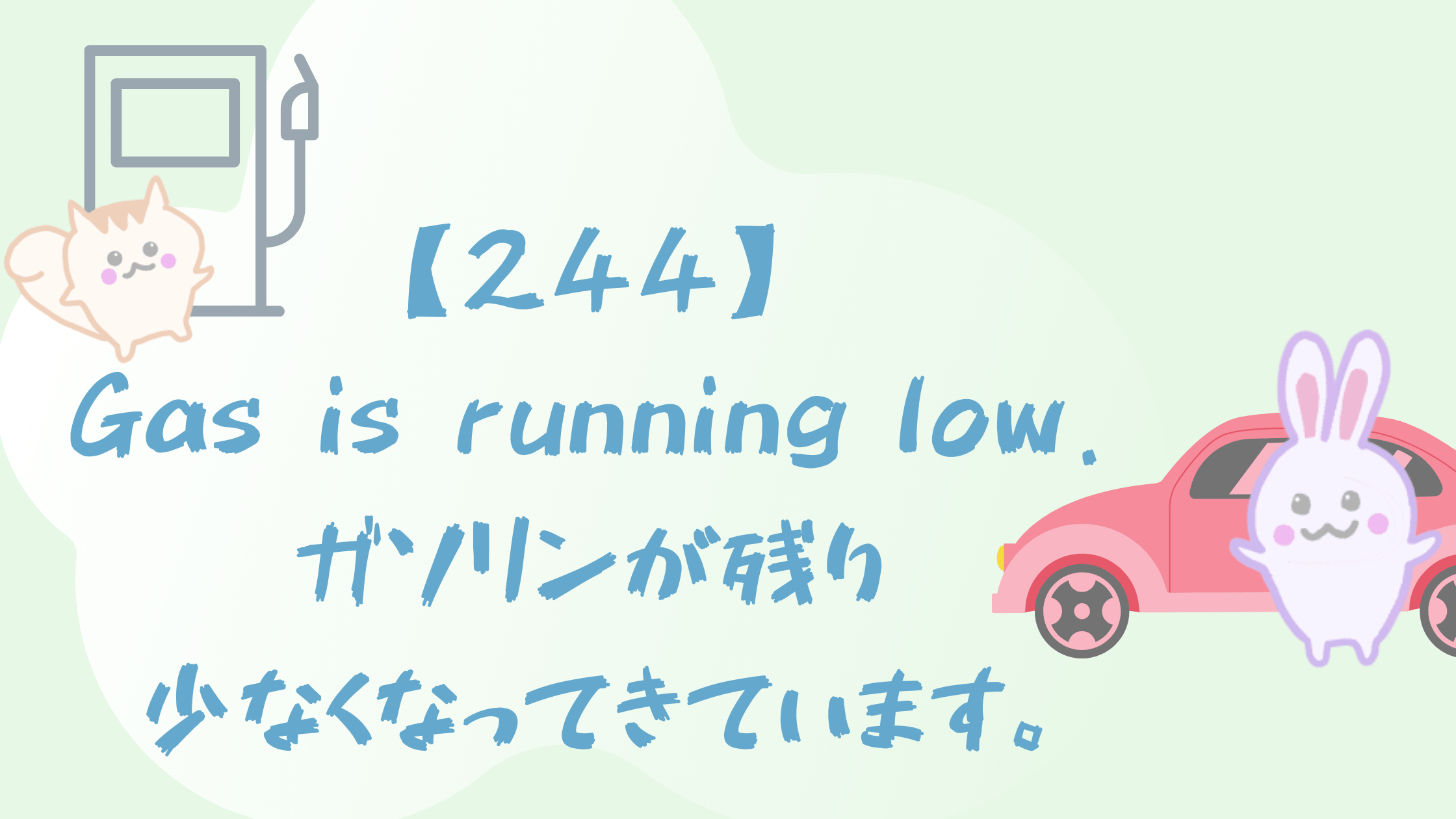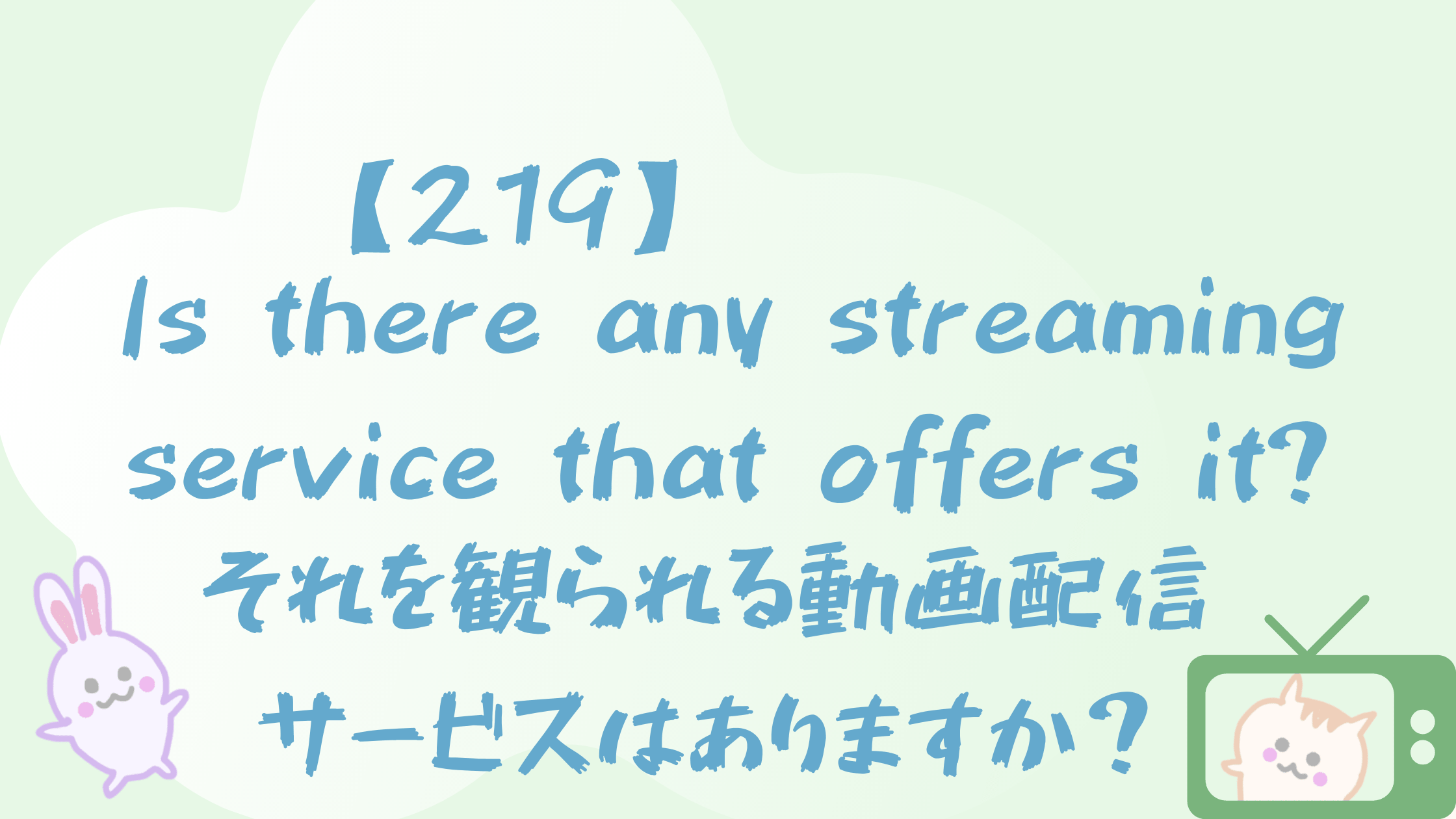ミミちゃんとくるみんはドライブ中…
 くるみん
くるみんDo we have enough gas?
(ガソリンまだ十分ある?)
 ミミ
ミミIt’s running low. We may need to get some soon.
(残り少なくなってきているかな。そろそろ給油した方がいいかも。)
 くるみん
くるみんThen, let’s fill it up at the next gas station!
(それなら、次のガソリンスタンで給油しよう!)
 ミミ
ミミOkay!
(オッケー!)
<今日のフレーズ>
Gas is running low.
 くま先生
くま先生「Gas is running low」は、人を主語にして「We are running low on gas」と言い換えることもできるよ。
類似表現で「running out of gas」というのもあるけど、こっちの方がもっと切羽詰まった感じがあるね。
running low onとrunning out ofでは前置詞が違うから注意してね!
ちなみに、英語を勉強していると「給油する=fill it up」という表現をよく目にするけど、ネイティブスピーカーは結構シンプルに「get gas」というよ。










